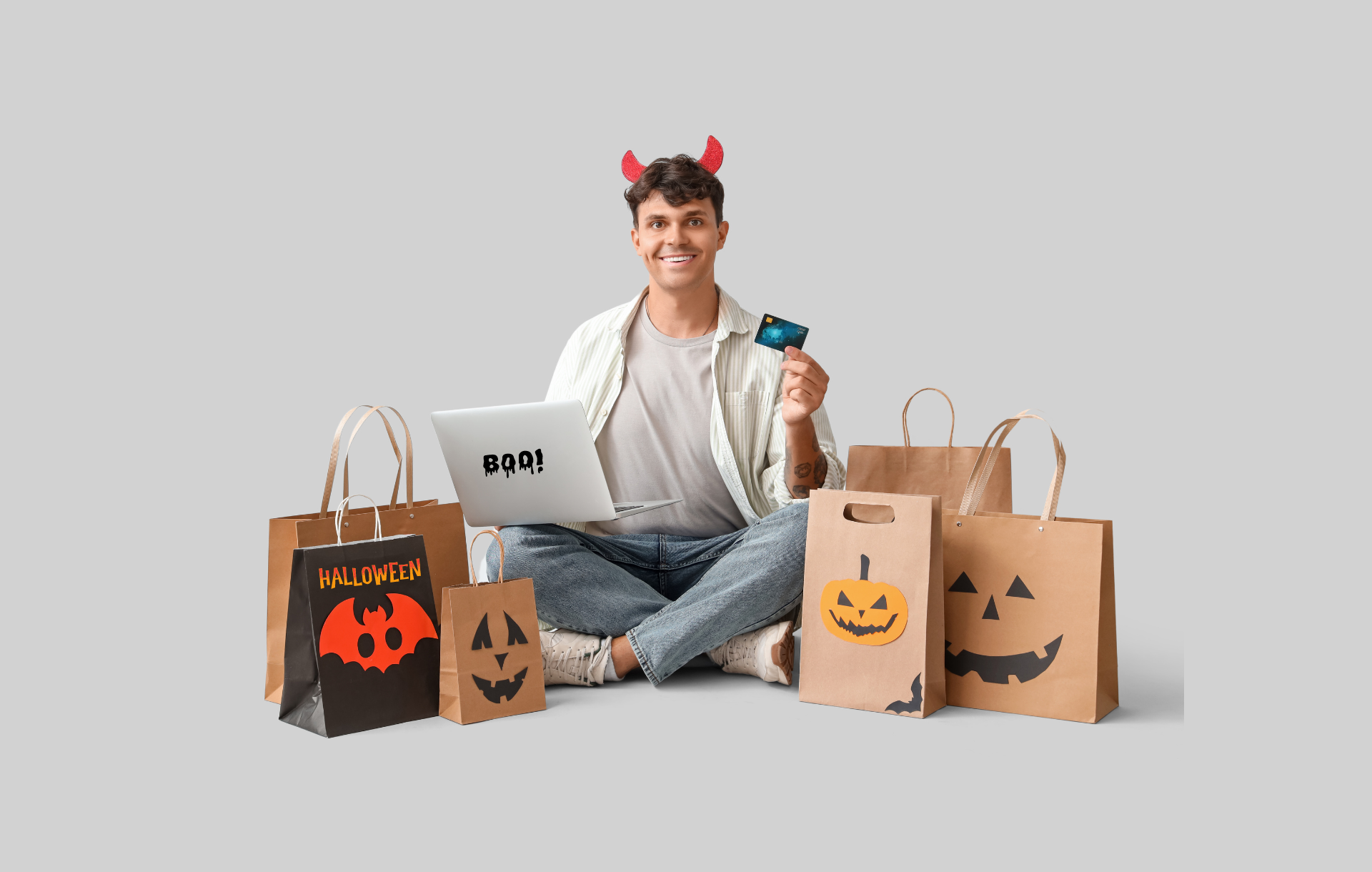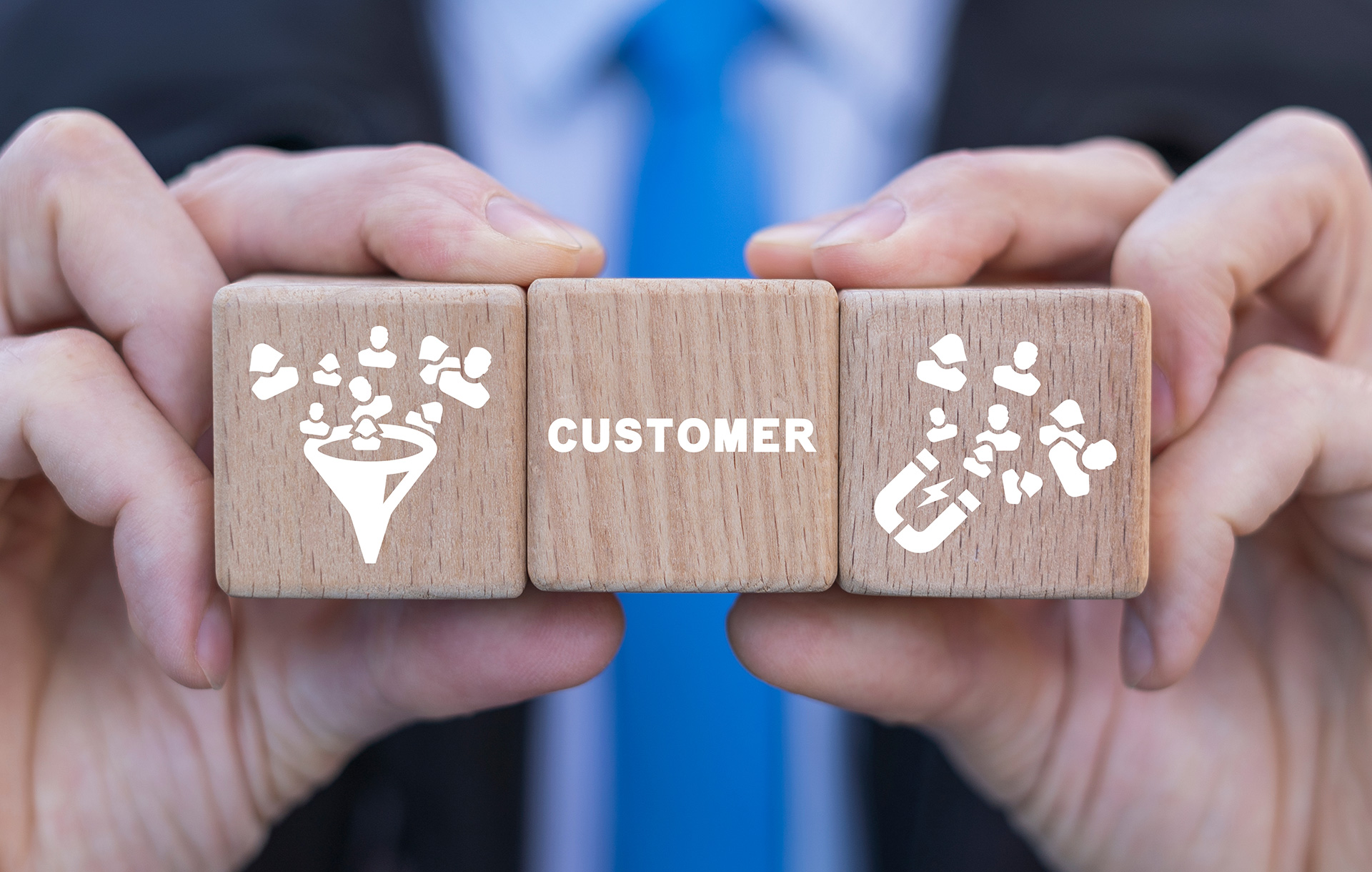Fashion & Digital
Business of Fashion recently published an AMAZING post on ‘The Digital Iceberg’, analysing how ‘Fashion brands are adapting their marketing strategies for a digital reality that goes far deeper than online sales.’
Digital first and the holistic experience
‘On the opening night of the Frieze Art Fair, Chanel’s Mademoiselle Privé, a museum-like exhibition promising “an enchanted journey through the house’s creativity,” touched down, quite fittingly, at the Chelsea gallery owned by British-Iraqi advertising legend Charles Saatchi.
“I think what is fantastic with this exhibition is that, from scratch, everything has been thought of digitally,” says Bruno Pavlovsky, Chanel’s president for fashion.’
eCommerce, digital and buying behaviours
‘The focus on digital is linked to shifting buying behaviour. In the five-year period from 2009 to 2014, online sales of luxury goods grew four times faster than offline sales. In fact, in 2014, nearly all luxury market growth came from e-commerce, with online sales registering the sharpest spike on record, reaching €14 billion, up 50 percent from 2013, according to a report by McKinsey & Company, a global consulting firm which predicts a “tipping point” in luxury e-commerce.
But e-commerce is just the tip of the digital iceberg. What lurks below the surface of shifting buying behaviour is a change that’s harder to track, but even more colossal. According to recent data presented by Michael J. Wolf, founder and chief executive of technology and strategy consulting firm Activate, the average American spends more time on digital media and technology than work or sleep.
From monologue to ‘multilogue’
In response, fashion brands have been rethinking where they advertise, shifting media buys from offline to online. “The spend in digital nowadays, even for the conservative brands, is over 15 or 20 percent. And for some brands that embrace digital in a higher way, it is more than 50 percent,” says Mario Ortelli
“Before, you made one campaign per season. You had the same campaign that you put in Vogue or the Financial Times for three months,” says Ortelli.
But media today is fundamentally different. Rather than a monologue, it’s a ‘multilogue’ unfolding in real time across a network of media-technology platforms where consumers are voluntary, active participants, meaning brands can no longer monopolise the conversation and, instead, must forge symbiotic, reciprocal relationships with others. “Online, you don’t completely own your way of communicating, because people can copy and paste, they can comment and share and so really it becomes an ecosystem,” continues Ortelli.
More touchpoints between consumers and brands
The ascendance of digital has also contributed to a rise in the number of touchpoints between consumers and brands, who now come into continuous contact with each other across a much wider range of platforms, from Instagram to e-commerce sites, resulting in more complex, non-linear paths to purchase. But according to McKinsey, which conducted a recent study on “the luxury consumer decision journey” across 21 touchpoints, ranging from Internet search to social media to store visits, luxury shoppers overwhelmingly tend to purchase from brands with which they are already familiar.
CONTENT IS CRUCIAL
“At the end of the day, you need content,” underscores Chanel’s Pavlovsky. “We need more and more content to keep alive the emotion that we offer to our customers. No doubt the exhibitions we are doing — like Mademoiselle Privé — are part of that.” Indeed, in recent years, the number of exhibitions, fashion shows, dinners, parties and other events staged by luxury brands — and attended by guests often selected for their follower counts and encouraged to upload images to Instagram — has soared, in large part to keep pace with online fans who expect new content each time they refresh their feeds. “The increased fashion shows and PR events — it’s about creating content,” confirms Remy.
Christopher Bailey: “We are now as much a media-content company as we are a design company.”
Instagram, narrative, and branding
“Fashion is one of the most loved verticals on Instagram,” says Eva Chen, Instagram’s head of fashion partnerships. “Fundamentally, it’s a storytelling platform and it’s really important for brands and designers to remember that. People are looking for narrative when it comes to Instagram.”
The savviest brands no longer make a distinction between online and offline, integrating digital into the core of all their major marketing initiatives. “Ralph Lauren has a very holistic, 360-degree approach to its marketing spend and digital, non-digital, social and experiential elements are all a part of that.”
Céline and other conservative players
And yet some important luxury brands have failed to bring their strategies in line with today’s media reality. Céline, a major digital laggard, according to a study by Exane BNP Paribas, still has no social media presence at all. But digital is such a critical driver of luxury growth that even Céline, whose creative director, Phoebe Philo, famously remarked that she would “rather walk down the street naked” than join Facebook, may soon be forced to rethink its strategy.
See the post here: http://bit.ly/1LpQGjK








0.Comments